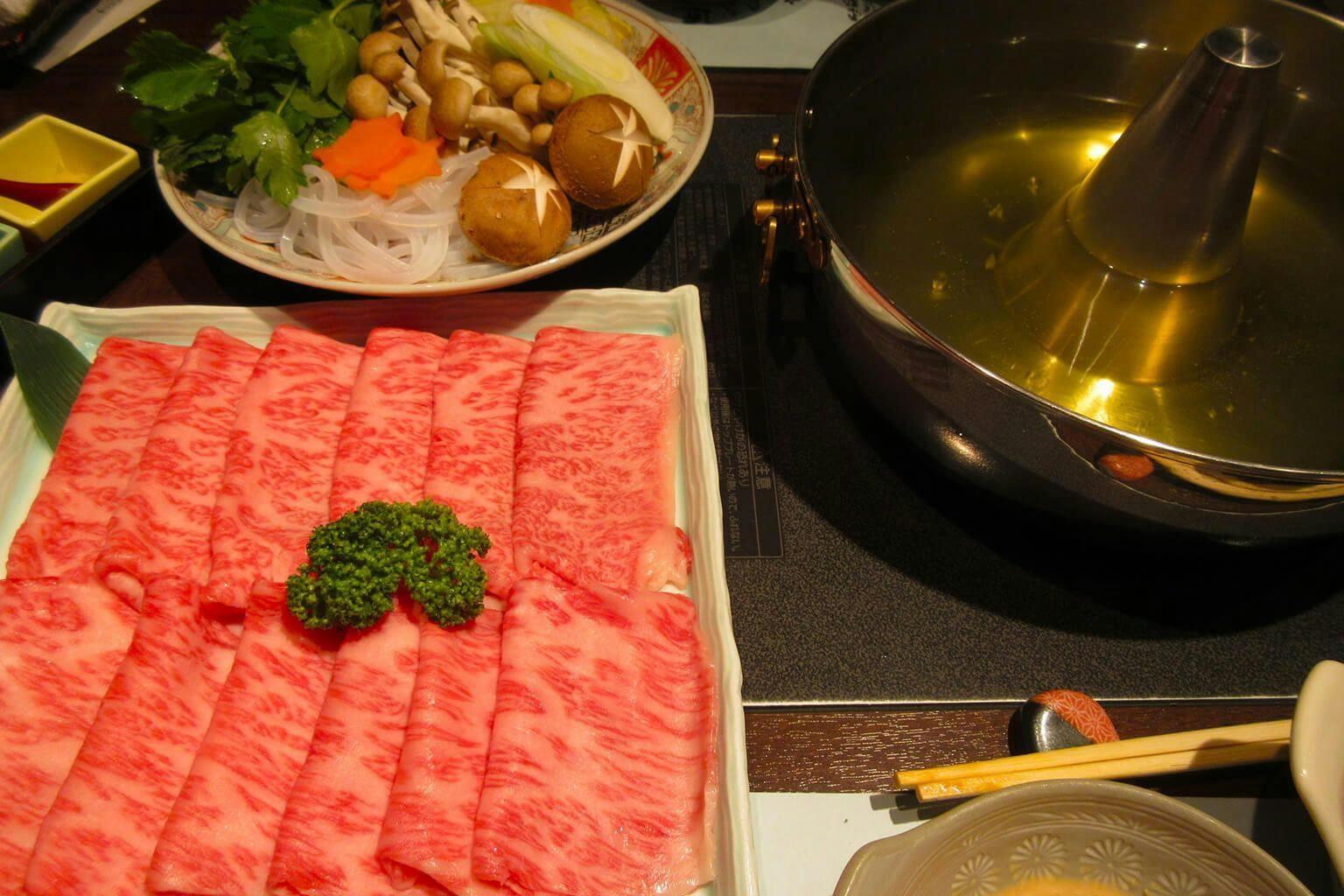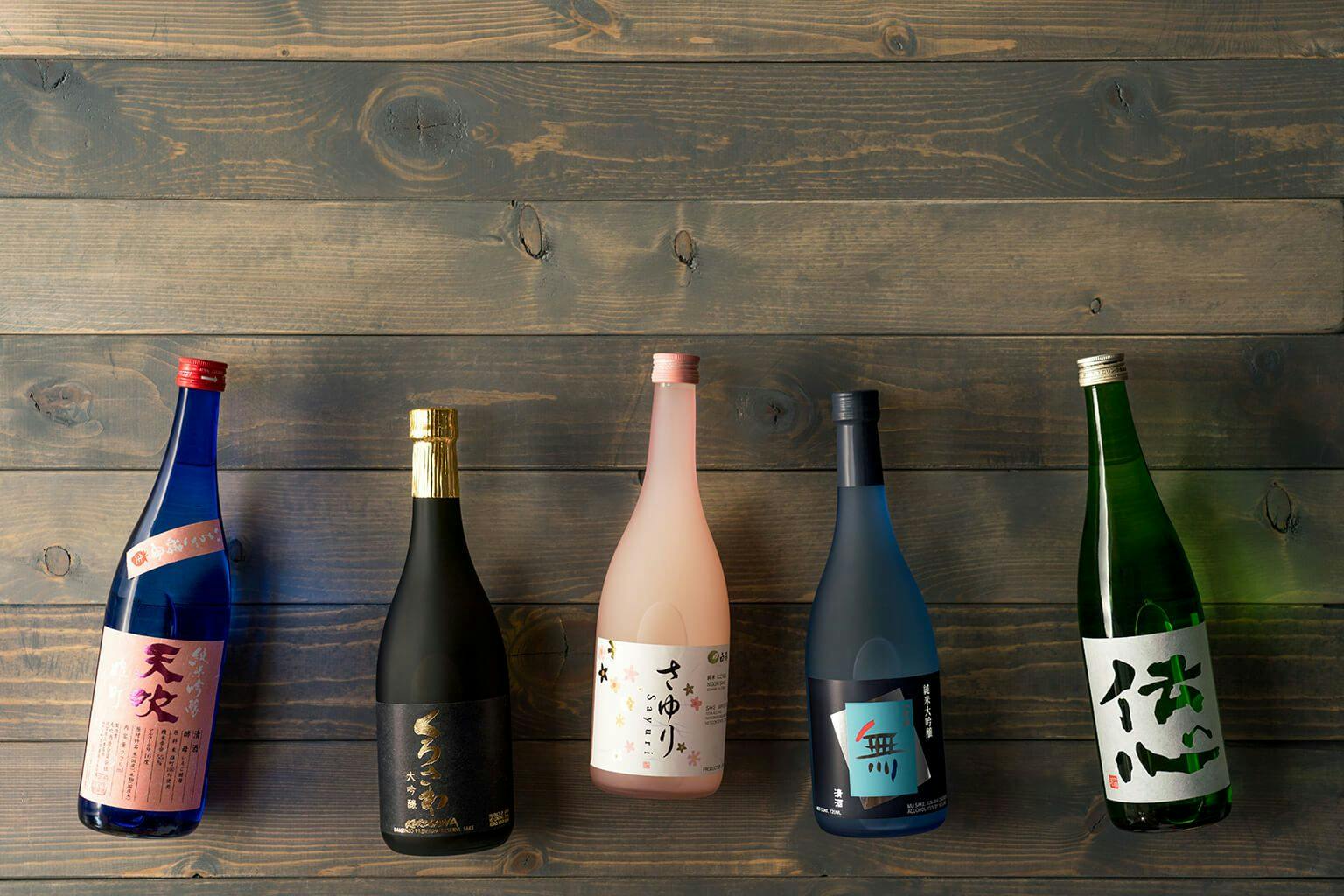Journey Into Sake
Table of Contents
A memorable sip
My first taste of sake is like a first kiss--fleeting and unforgettable. Who forgets one’s first kiss?
One memorable summer evening in Okinawa, Japan, I was invited by a coworker to a house party in the middle of Awase, an area known for steep, winding streets that give way to majestic views of the Pacific Ocean. On this night, like many nights in the Ryukyu Islands, the moon peered over the waves and the concrete shadows with its silver warmth.
This was my first such invitation so I didn’t know what to expect. As I slipped off my shoes at the genkan (玄関, entrance), I caught a glimpse of a simmering pot of broth planted at the center of the table and was reassured. The host, Yabu, was a young chef and would soon be opening his own restaurant in downtown Naha. What a treat it was to be here among friends! Japanese and English were being spoken around the room and we were all enjoying the good vibes. As Yabu set out plate after plate--slices of meat and vegetables, various sauces, and paper-thin mochi--our curiosities shifted to the table.
“Oishii sou!” (Looks delicious!)
“What is this sauce made of?”
And finally, “Itadakimasu!”

"Shabu-shabu" is the Japanese style of hot pot
There are few better ways of making friends than over a great meal. Yabu’s broth was perfectly concocted to settle warmly in our stomachs and welcome us to his home. To this day, his hot pot is one of the best I’ve ever had, and I gather that it had just as much to do with the good company as the umami flavor of the food. In the midst of the meal, Yabu stood up to retrieve something from the kitchen and returned with a beautiful bottle of something that I guessed was either a wine or spirit but it was, in fact, neither of these; as I later learned, Nihonshu (日本酒, Japanese sake) is a category all its own.
Although it was served in ochoko which are very small cups about the size of a shot glass, I watched with surprise as the others sipped it slowly and thoughtfully, unlike with the rapidity of a shot. I breathed in the clear liquid and found the aroma to be slightly sweet. Inviting. I took a sip. Years have passed but I remember how it melted into the flavors on my tongue. If I had owned a smartphone back then, I would have taken a photo of the bottle for future reference. Instead, I asked for the name a few times and as I said my goodbyes, I recited the name over and over, willing myself to memorize it on the drive home. Alas, it disappeared in my sleep.
That indigo bottle eludes me still, but I’ve tried a few more sake and learned more about this mysterious libation!

There are so many different types of sake to choose from!
Sake history in a nutshell
The origins of sake are difficult to trace with certainty, but it is closely tied to the introduction of rice cultivation by China to Japan in the Yayoi Period (300 BC to 250 AD). When the methods for growing rice finally stabilized, a formal organization was established to purvey sake for the Imperial Court. Sake production by temples and shrines followed, but it wasn’t until the Muromachi Period (1333-1573) when the country saw the rise of sake breweries. Technological advances have allowed sake manufacturing to evolve, and globalization has moved interest in sake beyond Japan’s borders. These days, sake is enjoyed not just as a ceremonial beverage for weddings, festivals, and funerals, but as a common drink paired with a myriad of international cuisine.
Sake gains popularity
Sake has received unprecedented attention in the last decade. Chefs, bartenders, food critics, and researchers are eager to discover and explore how sake can be incorporated into their dishes and their art. There’s a lot of movement in the industry and our team at Tippsy is excited to open up the barriers to accessing and experiencing premium sake and Japanese culture more broadly. You’ll find our tasting metrics and guidelines are more suggestions than rules; the true key to sake is to try a variety and see which ones you enjoy most! And of course, it’s best to drink with friends!
Cheers!

Louie Anne Batac-Nguyen
Louie Anne lived and worked in beautiful Okinawa, Japan for 10 years, and brings with her a deep appreciation for Japanese culture. As a cultural writer and editor, she seeks to share her experiences and bridge connections with fellow travelers and dining enthusiasts.
Learn about Tippsy’s Editorial process
Recent posts
All about sake
Sign up to receive special offers and sake inspiration!








